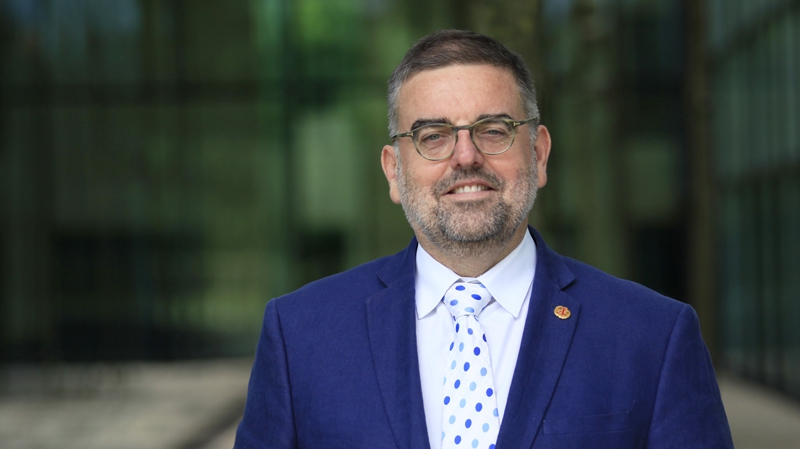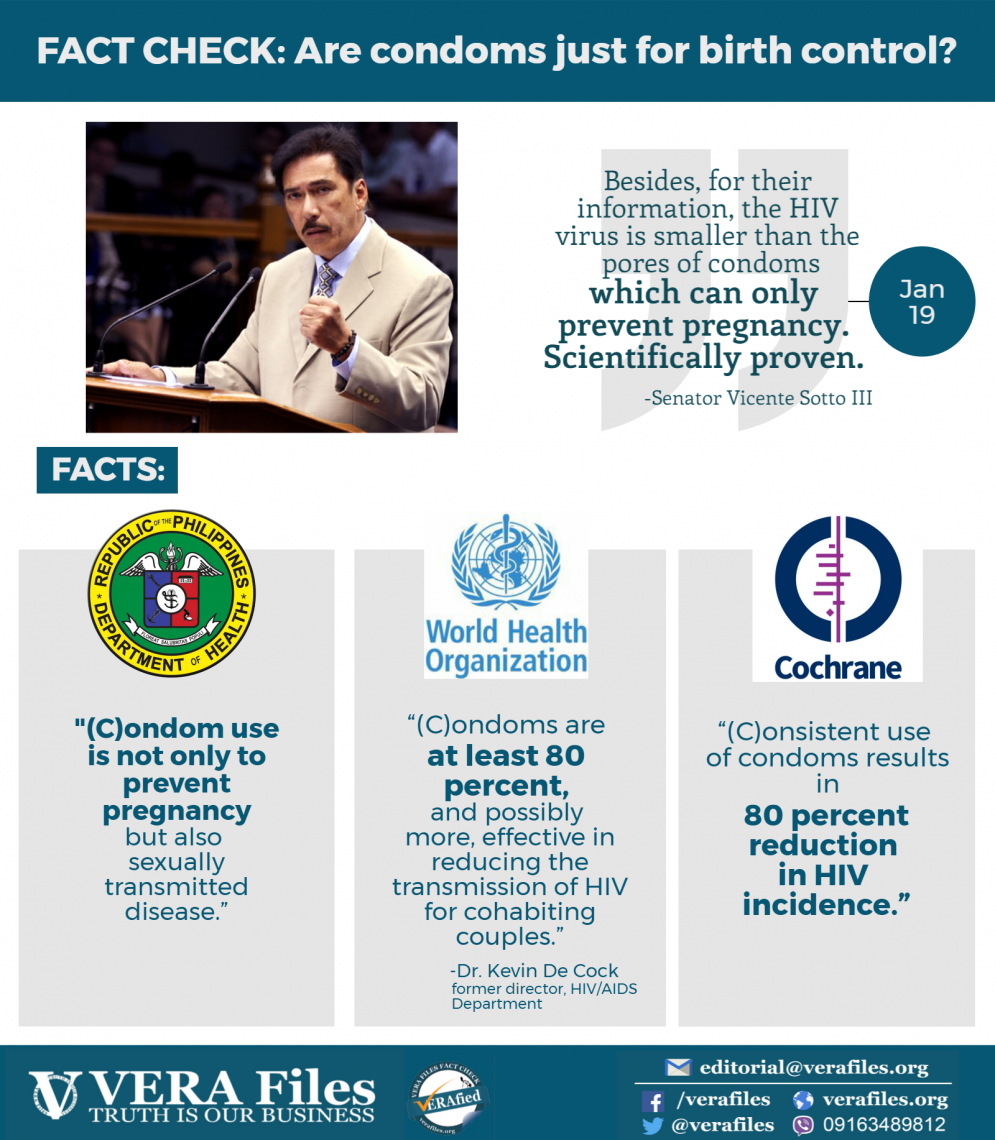
UNAIDS Goodwill Ambassador Pia Wurtzbach undergoes HIV test in Taguig City. Photo from UNAIDS.
After jumping above regional trends with the highest rate of new HIV infections in Asia Pacific due partly to complacency, the Philippine government has buckled down to address the problem among the most vulnerable populations.
The government has rolled out a demonstration research to test a new intervention called pre-exposure prophylaxis (PrEP) for groups with the greatest risk of contracting HIV – men who have sex with men (MSM) and transgender women who have sex with males (TGW).
The program, which has enrolled 200 MSM and TGW, hopes to protect these most vulnerable groups before, and not after, they contract HIV by having them take a prevention pill daily.
The government also vowed to intensify condom use which is dismally low among its affected populations, and implement a policy to put all HIV-infected persons under treatment immediately after they test positive through an official directive ready to be signed by the secretary of the Department of Health (DOH).
The Joint United Nations Programme on HIV and AIDS (UNAIDS) in its 2017 report said the Philippines recorded a whopping 141 percent increase in new HIV infections from 2010 to 2016. It is one of only eight countries that account for above 90 percent of new HIV infections in the region.
From an estimated 4,300 in 2010, new infections in the country more than doubled to an estimated 10,500 in 2016, making it the fastest growing HIV epidemic in Asia Pacific.
MSM and TGW 15 to 24 years old comprised the 83 percent bulk of newly reported cases in the six-year period. More than 60 percent of new infections in the country are among these two groups between 15 and 24, who report low condom use.

Needle pricking for HIV test.
A new strategy vs HIV
Dr. Rossana Ditangco, head of the AIDS Research Group of the Research Institute for Tropical Medicine (RITM), explains the country’s first attempt to study PrEP.
“The study is not a pilot test or trial for clinical efficacy but a demonstration research to determine its feasibility and acceptability as a strategy to protect the body pre-exposure, not after HIV infection.”
The “demonstration research” will run from July 2017 to July 2018 and will require the participating MSM and TGW to take one pill a day of the branded generic capsule Mylan (Truvada in the US) at their preferred time. “We want to see if this one will work. If it does, we will implement the intervention,” she said.
Likewise, the “treat all” strategy to put HIV-infected persons on immediate medication on antiretroviral drugs right after they test positive will help slow down the progression of the human immunodeficiency virus (HIV) to Acquired Immune Deficiency Syndrome (AIDS) in an infected person, lessening the chances of transmitting the virus to others. This is recommended by the World Health Organization and is set to be adopted by the DOH as a policy.
“The most essential thing in PrEP is adherence,” Ditangco said. The participants will be monitored for their compliance with the medication and their scheduled visits. Participants who will “seroconvert” or test reactive or positive for HIV will immediately be taken off the demonstration research and will be linked to HIV medication.
Second to adherence is sexual behavior, as the participants were provided with information, education and counseling about PrEP, safe sex and a healthy lifestyle. The 200 MSM are HIV-negative and are practicing high-risk behaviors that expose them to sexually transmitted infections. In the study, they are asked to practice safe sexual behavior such as using condoms and lubricants in case they have sexual contact.
Ditangco clarified that “PrEP is not independent of all prevention methods, as it comes with a combination of the use of condoms and lubes so that those who will use PrEP will also be protected against other sexually transmitted infections such as gonorrhea and syphilis.”

Medical personnel in an HIV proficiency training
HIV a top priority
Health Secretary Paulyn Jean Rosell-Ubial told a news conference the DOH “has retooled its program to expand HIV services for MSM and transgender women and has opened clinics that cater specifically to their needs in urban areas, where the risk of HIV is higher.”
“HIV is one of the top health priorities for the government of the Philippines,” she said. “We have significantly increased the budget allocated to HIV in the past few years and are now implementing programs which we expect to have a positive impact.”
Eamonn Murphy, the new director of the UNAIDS Regional Support Team for Asia Pacific, said the Philippines for many years “has done an excellent job at keeping HIV infections low” while its neighbors Thailand and Indonesia were experiencing exponential growth in their AIDS epidemics.
“But the nature of the epidemic has now changed,” he said. “Unlike in the past where infections were among sex workers and the government provided services to prevent and treat sexually transmitted infections, now more than 90percent of new HIV infections are occurring among MSM and TGW.Condom use and HIV testing is low among both populations.”
Apart from looking at prevention measures, Ubial said the DOH will also open in each of the 117 cities where 80 percent of the new infections have been reported, at least one sundown HIV clinic with convenient evening hours for working people that provides prevention, counseling, laboratory and treatment. The government has also implemented rapid HIV screening and delivery of test results.

Eamonn Murphy, Director, Regional Support Team for Asia and the Pacific, UNAIDS. Photo from UNAIDS.
Information, education are crucial
The government’s bigger challenges however, are the low knowledge about HIV prevention and transmission in the affected populations of MSM and TGW at only 35 percent and low condom use at 50 percent which is below the 80 percent target set by global standards. Knowledge about their HIV status is also low, at 16 percent, in these same groups.
Another area to focus on is the implementation of a comprehensive sexuality education program for its young population hooked on social media that offer them easy access to sex partners but are vulnerable to sexually transmitted infections due to low knowledge of sex and responsible sexual behavior.
The RITM is further studying the virulence of the virus which has been found to mutate or change its molecular structure that signifies the presence of a new strain that progresses fast into AIDS, the terminal phase of HIV infection. Early and rapid deaths have been noted among the young who contract the virus.
Murphy said the Philippines has committed by 2020 to reaching the 90-90-90 targets: ensuring 90 percent of people living with HIV know their status, 90 percent of people who know their status are accessing treatment and 90percent of people accessing treatment have viral suppression.
“Let’s not drop the ball now, when the region is so close to reaching the end of AIDS as a public health threat. If the Philippines and other countries step up the pace, we can reach that shared goal by 2030.”




